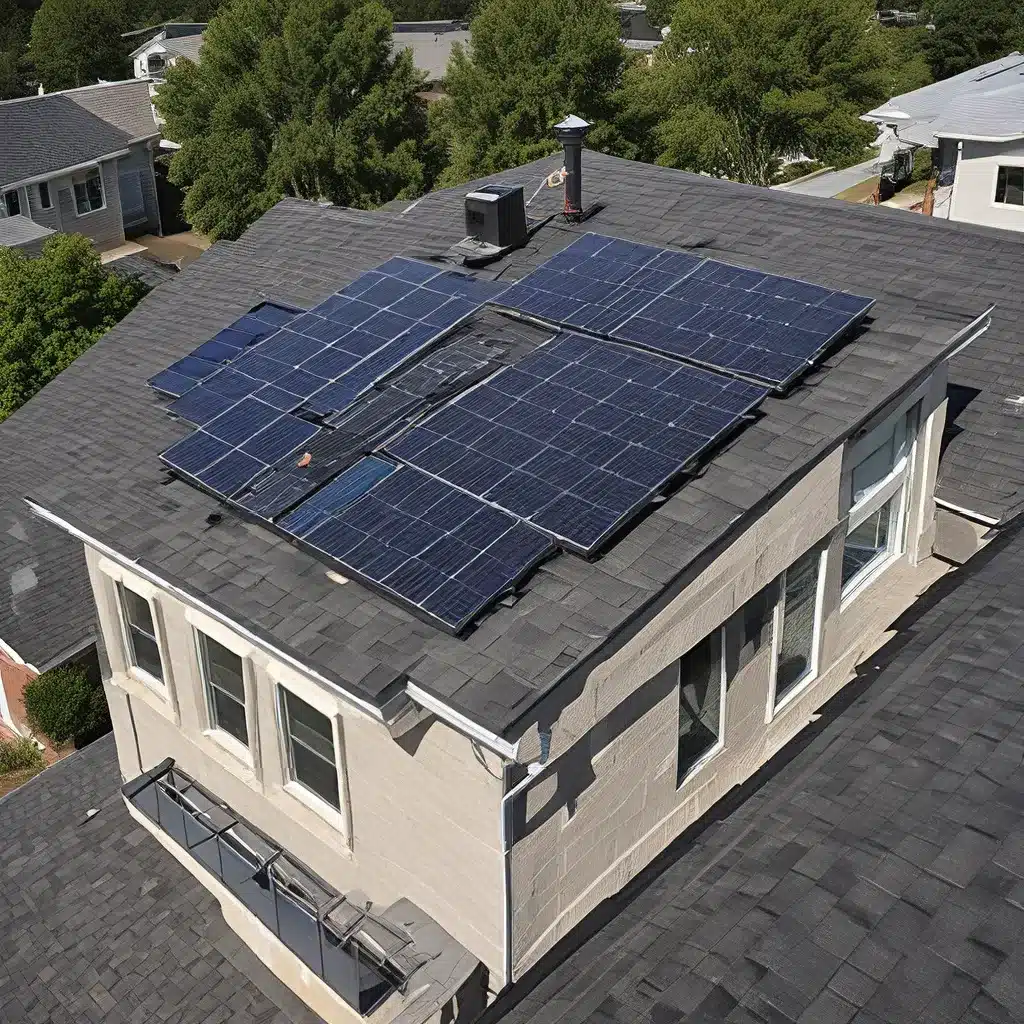
As a proud homeowner in the sunny South, I’ve been fascinated by the idea of tapping into the power of the sun to meet my home’s energy needs. The thought of reducing my reliance on traditional electricity and harnessing renewable solar energy has always intrigued me. But with so much information out there, I’ll admit, the process of going solar felt a bit daunting at first.
That is, until I stumbled upon the amazing solar resources provided by the U.S. Department of Energy’s Office of Energy Efficiency & Renewable Energy. Their comprehensive guides and interactive tools have been a game-changer, helping me navigate the ins and outs of residential solar with confidence. And let me tell you, once I got the ball rolling, I was blown away by just how seamless and rewarding the experience has been.
The Bright Side of Solar Power
As I dove into the research, I quickly learned that the cost of going solar has dropped significantly in recent years, thanks in part to the efforts of the Solar Energy Technologies Office (SETO). In fact, the average-sized solar array can now power an entire home in places like Austin, Texas, according to the experts at EnergySage.
But the benefits of solar power extend far beyond just the cost savings. By reducing carbon emissions and pollution, solar energy is also helping to create a cleaner, healthier environment for us all. And let’s not forget the potential boost to my home’s resale value – studies have shown that solar panels can add a premium of around $15,000 to the selling price.
Finding the Right Fit for My Roof
Of course, before I could start reaping those rewards, I needed to make sure my home was a good fit for a solar energy system. Turns out, the direction, slope, and age of my roof were all important factors to consider. Luckily, the NREL’s PVWatts tool made it easy to get a personalized estimate of my system’s potential performance.
And for those times when my roof just wasn’t ideal for solar panels, the experts pointed me towards the growing world of community solar programs. These allow me to tap into a shared solar array, even if I can’t install panels on my own property. Talk about a game-changer for renters and homeowners alike!
Navigating the Solar Financing Maze
One of the biggest hurdles I faced was trying to figure out the best way to finance my solar energy system. Should I go with a loan, a lease, or a power purchase agreement? The team at the Clean Energy States Alliance really helped break down the pros and cons of each option, making it much easier to decide what would work best for my budget and goals.
Turns out, a solar loan might be the way to go for me. By including the system costs in my mortgage, I can take advantage of low-interest financing and still reap the benefits of the federal tax credit. And with my monthly payments often being lower than my old electricity bills, it’s a no-brainer.
Overcoming Regulatory Roadblocks
Of course, no journey is without its challenges. As I researched the solar landscape, I learned that some states and local governments have put up regulatory and legislative hurdles for third-party solar providers. But the team at the Solar Energy Industries Association has been a valuable resource, helping me understand my rights and navigate those obstacles.
And when it comes to my homeowners association (HOA), I was pleasantly surprised to discover that most states have enacted solar access laws to prevent these governing bodies from unreasonably restricting solar installations. With a little due diligence, I was able to get the green light from my HOA and move forward with confidence.
Maximizing My Solar Potential
Now that I’ve got the basics down, I’m excited to start exploring more advanced solar technologies, like building-integrated photovoltaics (BIPV) and energy storage. Imagine being able to customize the look of my solar panels to blend seamlessly with my roof, or having the ability to store excess energy for use when the sun isn’t shining. The possibilities are endless!
And let’s not forget about the importance of net metering – the system that allows me to get credit for the extra solar energy I generate and send back to the grid. By understanding the specific policies and practices in my area, I can make sure I’m maximizing the financial benefits of my investment.
The Journey Continues
As I reflect on my solar journey so far, I can’t help but feel a sense of pride and excitement. Going solar has not only been a smart financial decision, but it’s also allowed me to do my part in building a more sustainable future. And with the wealth of resources and support available, I know that more and more homeowners in the sunny South will be empowered to harness the power of the sun.
So, if you’re like me and have been curious about solar energy, I encourage you to dive in and explore all the amazing opportunities out there. Who knows, you might just discover a whole new way to power your home and your life. The future is bright, my friends – let’s embrace it together!